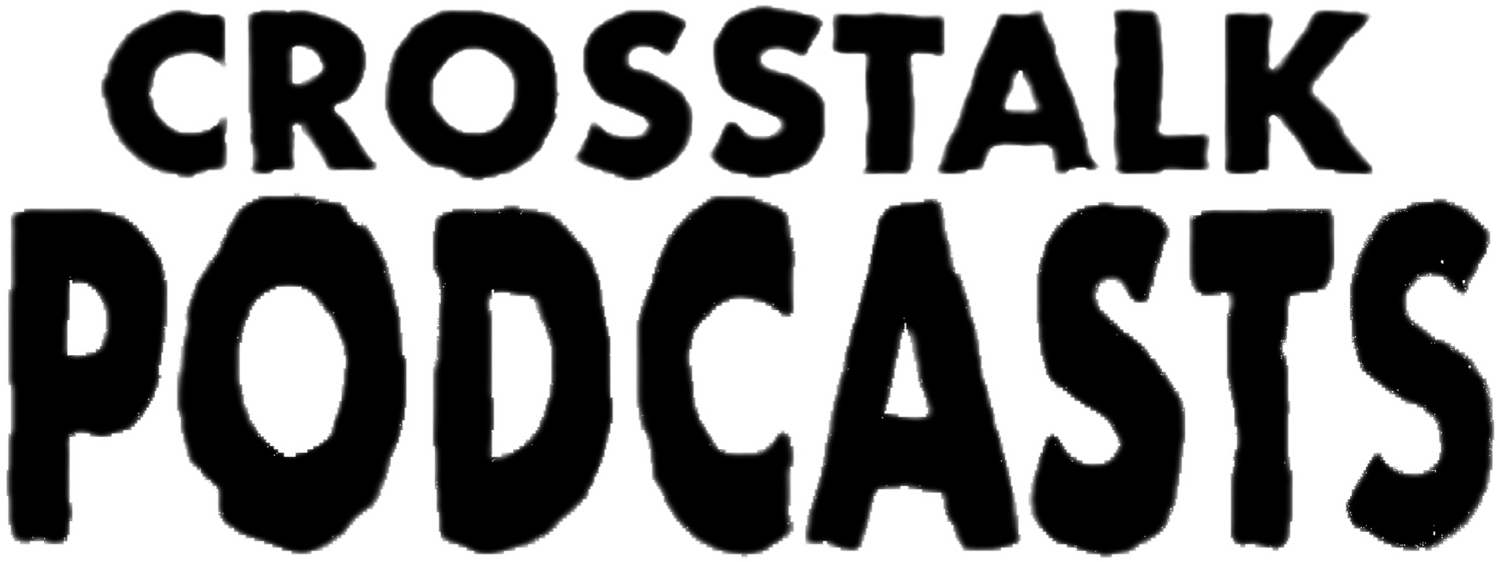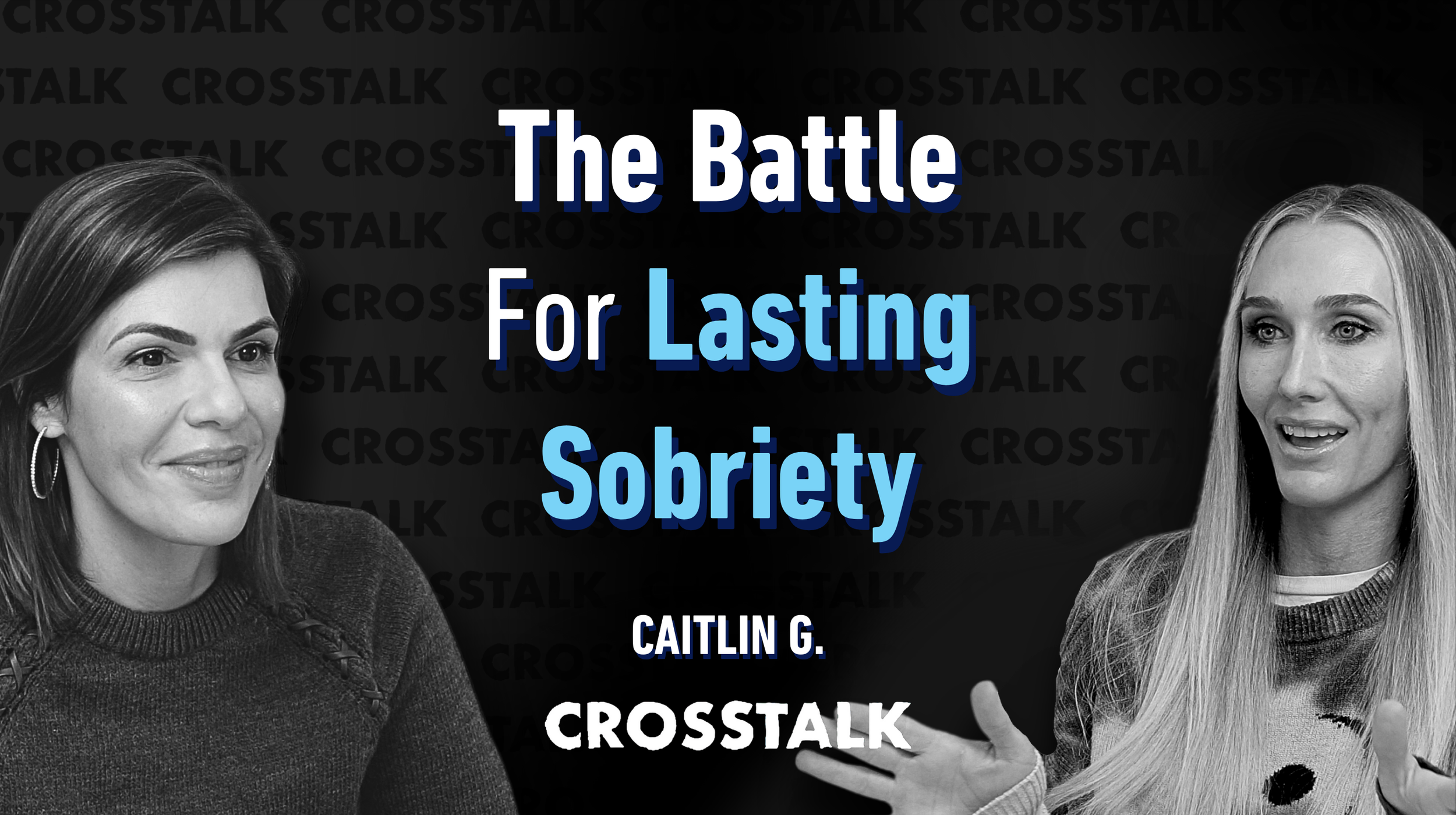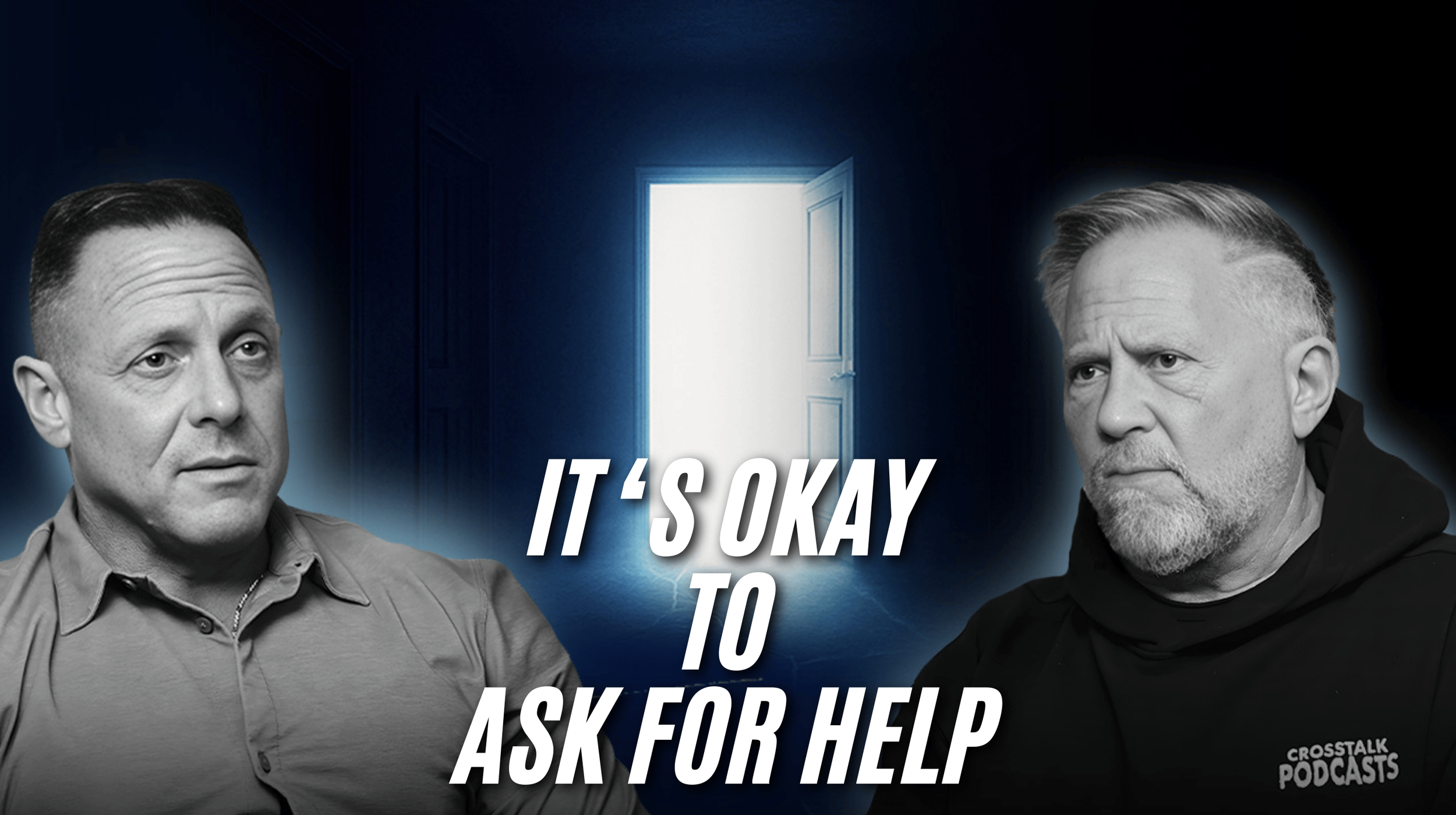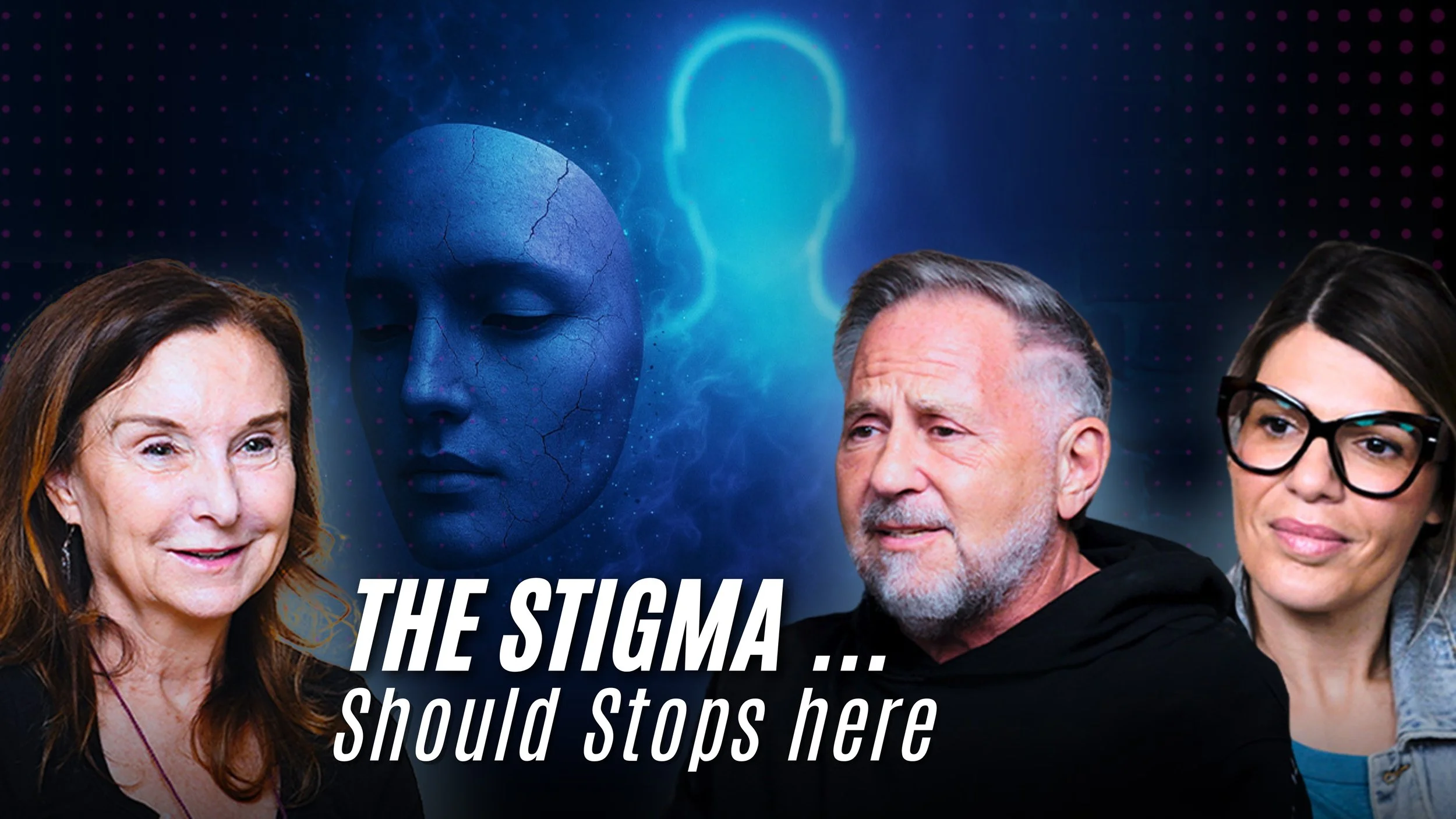When Self Medication Fails in Addiction | Caitlin G.
Listen or watch on your favorite platforms
Caitlin's story is one of resilience, pain, and profound transformation. Born into an alcoholic home and labeled the family's "problem child," Caitlin struggled with intense anxiety from a young age. Her early life was overshadowed by physical symptoms of stress, family denial, and the silent pressure of feeling fundamentally flawed.
Her journey into addiction escalated quickly, beginning with medications at age 12 and spiraling into IV drug use by 15. Multiple failed attempts at sobriety, including years on Suboxone, left her trapped in cycles of self-medication and denial. It wasn't until a brutal, life-changing withdrawal and an intense confrontation with herself in treatment that Caitlin found lasting recovery.
Today, Caitlin works passionately in addiction recovery, helping others break cycles of generational trauma, guilt, and shame. By tuning into Caitlin’s raw and honest story, listeners will gain powerful insights into breaking free from addiction's grip, finding compassion for themselves, and embracing a meaningful, substance-free life.
A childhood defined by Chaos
Growing up, Caitlin carried an emotional sensitivity that set her apart early on. Born into a family dynamic where alcoholism and enabling behaviors were prevalent, she frequently felt like the identified problem, describing herself as "too sensitive, too anxious." Her father's untreated alcoholism and her mother's enabling behaviors created an environment where Caitlin internalized blame, leading to physical manifestations of anxiety from a young age.
"My dad used to say Kate was born sensitive," Caitlin recalls. The anxiety was so profound that even as a child, she would seek comfort in unconventional methods like drinking Imodium, signaling early self-medication behaviors rooted in deep-seated emotional struggles.
The First Drink and the Escape It Brought
At just 12 years old, Caitlin's initial experimentation with substances began. The first encounter, drinking stolen liquor mixed with Mountain Dew, was unpleasant but memorable. Shortly afterward, a more significant moment occurred when she took hydrocodone from her parents' medicine cabinet, experiencing a powerful sense of ease and relief. "It was like, 'Oh, this is great. Like, this is awesome,'" she says, describing the instant allure of substances to soothe her chronic anxiety and emotional unrest.
The Grip of Addiction
By 15, Caitlin’s addiction had rapidly escalated to intravenous drug use, marking a quick descent into a chaotic lifestyle characterized by a lack of stability and dangerous situations. "My every day was about supporting my habit," she reveals, describing a life consumed by substance dependency that led her to drop out of high school and live independently in a $400 apartment provided by her overwhelmed parents. She recounts a drug dealer's shocking plea for her to seek help, underscoring how dire her situation had become.
Active Addiction - The Descent
Caitlin's rock bottom came vividly when her family orchestrated an intervention that placed her in a detox facility after nearly a decade on Suboxone and continual substance abuse. "I went blind in one eye," Caitlin painfully recounts of her harrowing withdrawal experience at a non-medical 12-step facility. It was during this brutal detox that she recognized the severity of her condition, describing it as an "exorcism" of her old self, pushing her to truly confront the devastation of her addiction.
The Path to Recovery
Getting help was a physically and emotionally agonizing process. Caitlin embraced the structured intensity of a rigorous 12-step recovery boot camp, initially reluctant but gradually opening to the transformative potential. Despite severe withdrawal and discomfort, she committed herself wholeheartedly to the steps, starting to see the possibility of genuine recovery. "I wasn't sure I wanted sobriety, but I was willing to try," she remembers. Her honesty, open-mindedness, and willingness ultimately guided her through to lasting sobriety.
Life today
Today, Caitlin’s life is profoundly transformed. She enjoys meaningful work in the addiction recovery field, passionately engaging with parents dealing with addiction, focusing on generational trauma and healing. Caitlin also finds joy in teaching fitness, balancing professional and personal passions. Her journey has brought her from isolation and chaos to a vibrant life filled with purpose and connection. Caitlin’s story powerfully illustrates that, no matter the depths of addiction, recovery and joy are achievable. As she proudly affirms, "Life today is abundant, fulfilling, and hopeful."
FAQs
What is addiction recovery? Recovery is a process of healing and transformation from substance or behavioral addictions toward health and wellness.
How do I know if I have an addiction? Signs include uncontrollable cravings, failed attempts to stop, and negative impacts on relationships and daily functioning.
What does hitting rock bottom mean? It refers to a critical moment of profound despair prompting individuals to seek recovery help.
Can addiction be overcome without a 12-step program? Yes, there are many paths to recovery including therapy, medication, holistic methods, and community support.
Why is it important to address childhood trauma in recovery? Addressing childhood trauma is crucial as unresolved issues often fuel addictive behaviors.
Related episodes
ABOUT CROSSTALK
CROSSTALK reveals real stories of everyday people and notable figures, sharing their journeys from struggles to life-changing 'aha' moments with all kinds .



 Spotify
Spotify














